How you start your year off can really make a difference in the success of your year. Teaching procedures effectively those first few weeks of school is so important (second only to building relationships and setting high expectations for behavior). On this post, I will share lots of tips and activities to help you create and teach your classroom procedures, including free classroom procedures task cards for review.
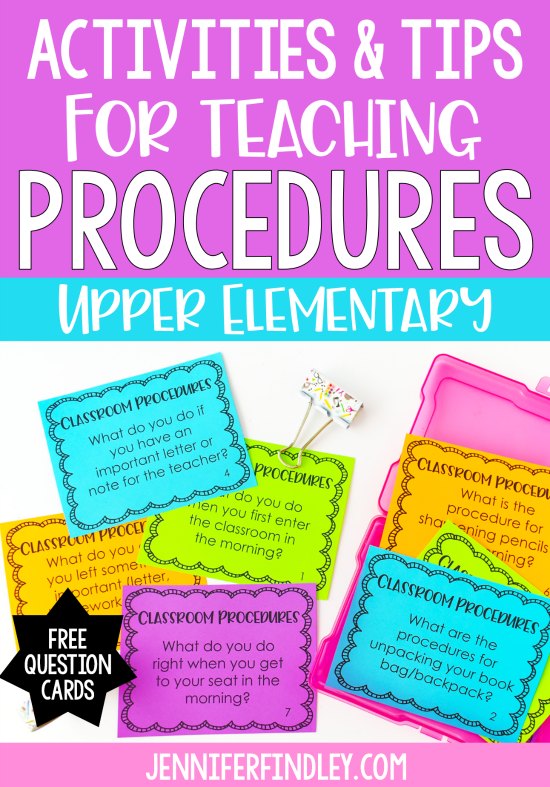
Tips for Teaching Procedures
Creating Your Procedures and Rules (And the Difference Between the Two)
First let’s go over the difference between rule and procedures.
- Procedures are specific sets of steps to follow when performing tasks. Those tasks can be entering the classroom, going to the restroom, requesting a pencil, asking a question during a class discussion, handling conflict, etc).
- Rules are principles that guide the conduct and behavior of students.
Both rules and procedures are needed to provide clear expectations for students. They work together to create a safe, welcoming environment where all students can learn and grow.
Here are some general tips for creating and implementing effective rules and procedures:
1. Make sure your procedures are simple and easy to remember and follow. Simple 2-4 step processes.
2. Keep your rules and procedures formatted positively. Tell the students exactly what to do (versus what not to do).
3. Procedures should be specific (walk on the second square from the door) while rules can be more general (be respectful of others and their property).
4. Put important procedures in writing (for you and your students).
5. Use hand signals! The best thing I ever did was implement hand signals. Here are the ones I use. Click here to download these posters for free (the first page is an editable version so you can make changes to the hand signals as needed).
***Want a suggested list of procedures for grades 3-5 to think through and help you plan yours? Click here to join my email list and get access to the freebie library which contains a checklist of suggested procedures for grades 3-5.
Introducing Procedures
Explain the focus and benefits of having both rules and procedures to your students – to keep them learning and growing as students, as well as keeping them safe. When students know the purpose behind something, they are much more likely to get on board.
General Steps to Teaching Procedures
- Teach and model the procedure for the students. Be specific while you are explaining and demonstrating the procedure, but keep it brief.
- Choose a few students to individually (or in pairs or groups depending on the procedure) model the procedure. Provide feedback and ask for feedback from the rest of the class. Repeat as needed.
- Have the entire class practice the procedure. Repeat the feedback procedure from step 2. Repeat this step as needed.
- Be prepared to reinforce the procedures regularly until they become habit or routine. And then be prepared to revisit them after long holidays, after getting a new student, or just after a few unstructured days.
- Remind students of procedures before they are expected to complete them. For example, a few minutes before recess, stop the class early to review the procedures.
While you are introducing and practicing procedures, this is always a great time to get feedback and suggestions if a procedure is tricky or not working well for you or your students. You will be surprised by how thoughtful and creative they are with helping run the classroom efficiently.
Post Your Important Procedures
I always like to post the important procedures for students to refer to and for me to refer to.
Posting important procedures in the classroom (via a poster or anchor chart) allows me to easily point to the chart or refer to it when individual students or groups of students need reminders. This provides a reminder for the students without me having to nag them or lecture them.
I also like to number the steps in my procedures. This is another quick way to redirect groups of students or individual students. I can simply say, “Blake, remember step #3 in our entering the classroom procedure” and put the responsibility back on the student(s).
Review Regularly
Review, review, and review some more. During the first week of school, I end activities or lessons a few minutes early to have time to quickly review transition procedures or other procedures that are about to take place. I do this very quickly because it can get old quickly, but it is important to review. Here are a few examples:
- Before lunch, I will stop instruction early to review how to leave the room and how to walk in the hallway. We will leave the room a few minutes early so I can stop the students just before entering the cafeteria and remind them of those speciifc procedures. Honestly, I typically only have to do this the first and second day of school because by 4th and 5th grade, students know cafeteria expectations.
- A few minutes before leaving for the restroom, we review procedures for using the restroom properly.
- Before entering the classroom, we stop outside the room and I quickly remind the students how to enter the room and what they need to take out or do when they enter.
I also try not to issue consequences for rules or failures to follow procedures that first week of school while we are acclimating and getting comfortable with the expectations and routines.
Side Note: Procedures don’t typically have consequences but sometimes you do have to have practical consequences such as spending a few minutes of instruction practicing a procedure again and missing out on a brain break or fun activity.
Provide Positive Feedback Regularly
This is something I actually do sporadically throughout the year. I am constantly reinforcing positive behavior and following of procedures. This is huge for students especially those who may not find success academically, which we all know can lead to behavior problems. Allowing students to feel successful with procedures can build their confidence and improve their attitudes and behaviors toward school.
Depending on the situation, I may reinforce the entire class, specific groups of students, or individual students (sometimes in private depending on the student).
Here are some examples of the language I use, which is positive and also reinforces the procedure/behavior that I am complimenting:
- Nice job entering the room quickly and quietly.
- Student name, you did a good job following our restroom procedures today even though they were crowded.
- I love how group #3 quickly put up their math materials and took out their language materials.
- I noticed you needed help with the math task today. I appreciated how you remembered to ask your teammates for help.
Teaching Procedures on the First Day of School
I only teach the procedures necessary for success and safety that first day of school. My main focus is on the students getting confident and comfortable with the classroom, myself, and the students. I want the students excited to come back to school the next day, so I don’t want to bombard them with procedures that first day.
Here are the procedures I definitely teach that first day of school:
- Entering and leaving the classroom
- Cafeteria procedures
- Recess procedures
- Dismissal procedures
- Hallway procedures
- Collaborating and sharing ideas with others
Activities for Teaching Procedures
Set Goals
I love giving students goals to work toward when practicing procedures. This makes it a little more fun and less like I am trying to control them. Goals are usually time-driven such as entering the room and unpacking in the morning within 5 minutes. To do this, we start slowly and work our way toward our utlimate goal, getting a bit faster each day. You could even graph or track the really important procedures or the ones that are the trickiest for your studenets.
Looks Like/Sounds Like Charts
This works really well for reviewing rules as well. Students choose a rule or procedure and then dive deep into what that looks like and sounds like by creating a T-Chart. I do like to model this with an important rule or procedure before expecting the students to complete this. This also works well as a partner or small group activity. These printables shown are part of my Back to School Activities for Teaching Rule and Procedures.
Have Groups Teach the Class
After teaching and practicing several procedures, group your students and assign each group a procedure to teach the class. They could use a printable like the Looks Like/Sounds Like Charts or even create their own posters with the main points to remember for their procedures.
Have the groups present the procedure to the class, model it, and then take questions and feedback from the other students. Students typically love this activity and it is a great way to informally assess their group behaviors and speaking/presenting skills.
Engaging Procedure and Rules Review with Games
Students love playing games. And there is no better way to review a not so exciting topic (like procedures) than by making a game out of it. I use these FREE classroom procedures task cards throughout the first weeks of school to review our important procedures.
The task cards are really versatile and can be used for the following games/activities:
1.) Jenga – Click here to read a post about how I use Jenga blocks to review any skill. The directions and tips work with these classroom procedures task cards as well.
2.) Around the Room – Tape the cards around the room. Pair your students up and have them go around the room (moving freely or at your signal) discussing the questions on the task cards with their partners.
3.) Any Board Game – Yes, you can use any board game with these task cards! Click here to read a post with details about how I use board games for review.
4.) Quiz-Quiz Trade – Give each student a task card. Partner your students. Partner 1 asks Partner 2 the question on his/her card and they discuss. Then Partner 2 asks Partner 1 the question on his or her card. The partners then switch cards and go off to find new partners. I do like to initially pair my students up to make sure they understand the expectations, but that is optional. Another variation is to play music and when the music stops, the students must quickly find a partner.
Pro Tip: I recommend choosing a game or activity that you incorporate into your classroom throughout the year. This will allow you to review important procedures while also teaching procedures or expectations for the game or activity.
Quick Procedure Review Throughout the Day
As you teach a new procedure, write the name of it on a piece of paper and place it in a box. Throughout the day, randomly choose a procedure to review. As an alternative, you could also use the free classroom procedures task cards linked above.
Easy Ways to Quickly Review Procedures:
- Randomly choose a student to explain or demonstrate the procedure (I prefer to allow them to choose which way they wish to explain).
- Have students partner-talk and explain the procedures to one another.
- Randomly choose a group to model how to do the procedure correctly, teaching the class as they model.
Want More Activities for Teaching Rules and Procedures?
If you are interested in more activities for teaching rules and procedures, check out this resource from my TpT store. It includes a few more activities for teaching procedures, rules, and expectations as well as printable versions of some of the tips and information shared on this post.
Need More Back to School Digital Activities for Math and Reading?
More Back-to-School Activities, Freebies, and Blog Posts
Click on the links below to check out more activities and resources that are perfect for back to school.
Free Back-to-School Reflection Activity
Free First Day of School Morning Work Printables
Free No Prep Back-to-School Activities for Grades 3-5
Back to School Read Alouds with Free Printables
Free Reading Interest Survey Activity
Free Reading Centers and Games for Launching Reading Centers
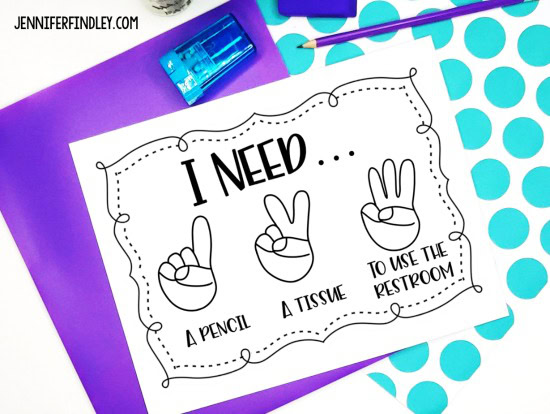

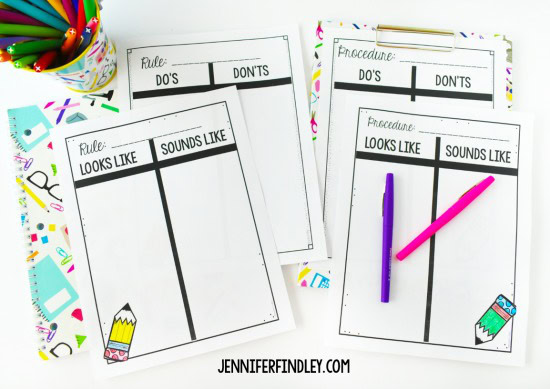
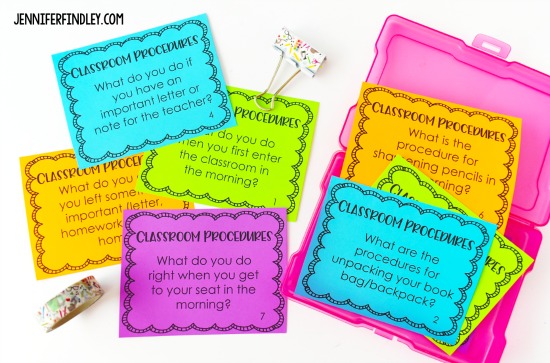
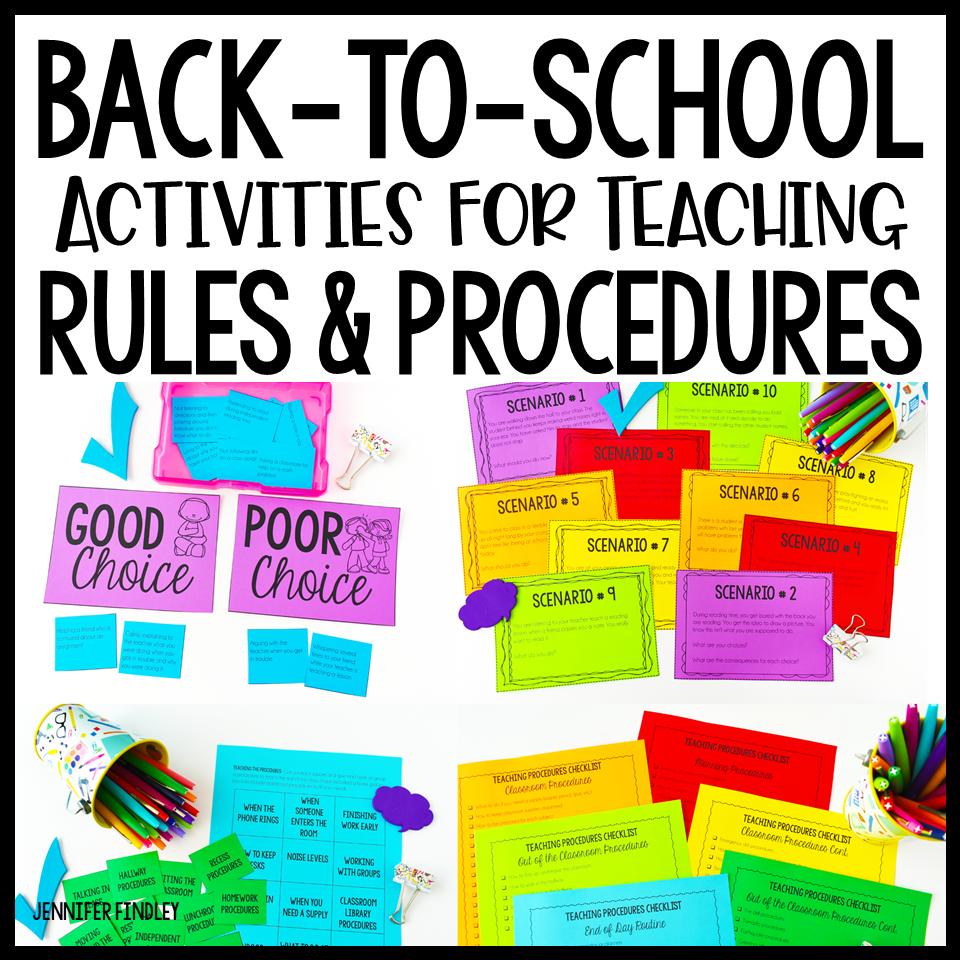


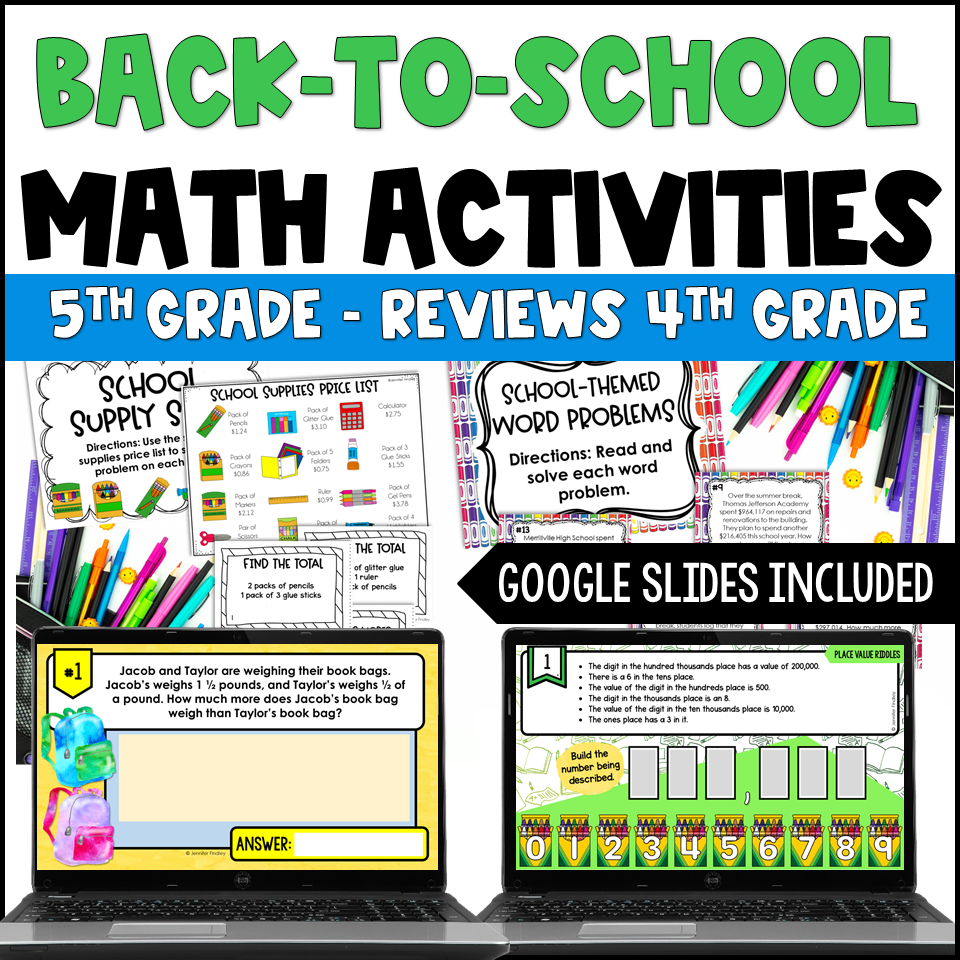






Hi Jennifer, I am trying to sign up for your freebies, but can seem to get the link to work. Can you share your free teaching procedures checklist with me?… It looks really comprehensive.
Thanks in advance!
Hi Sherri, just sent you an email!